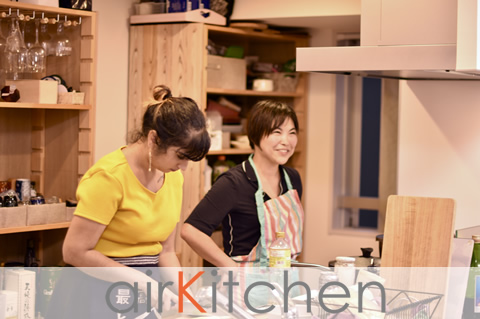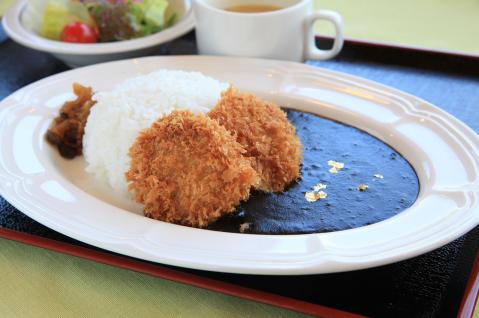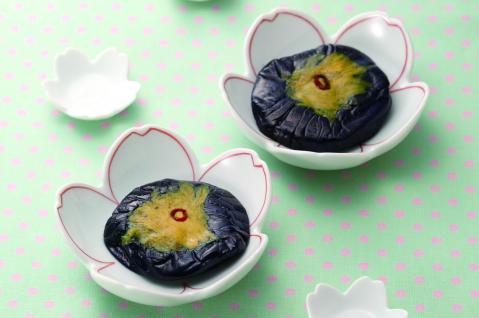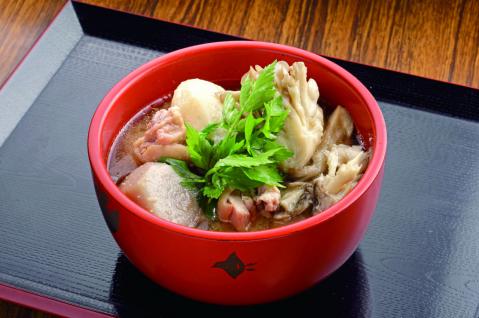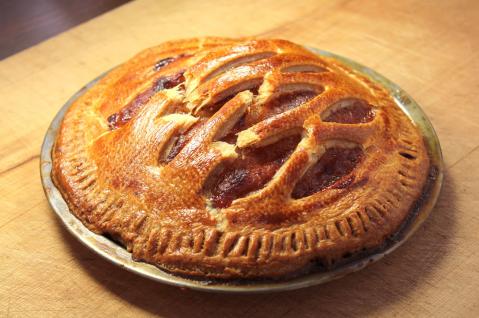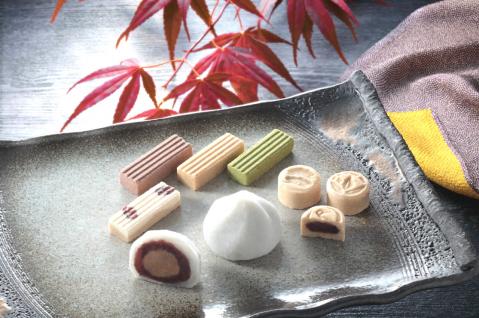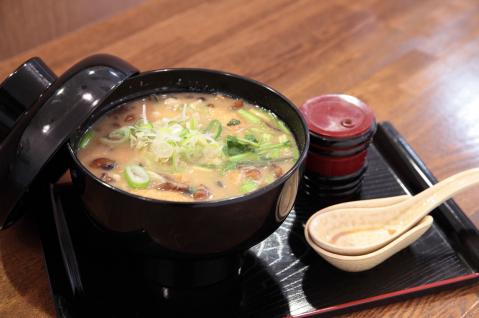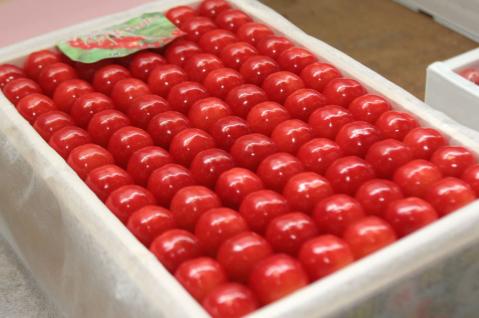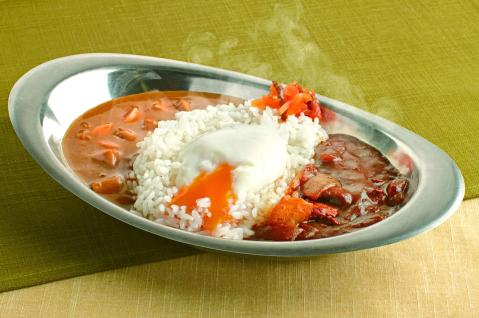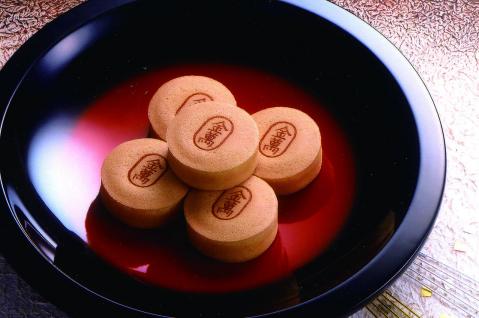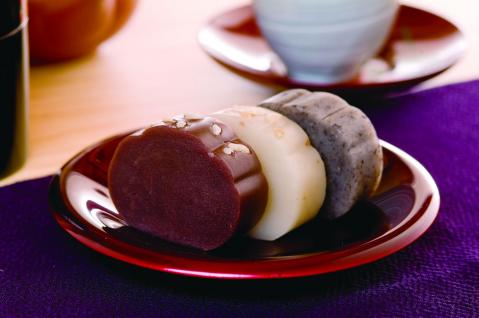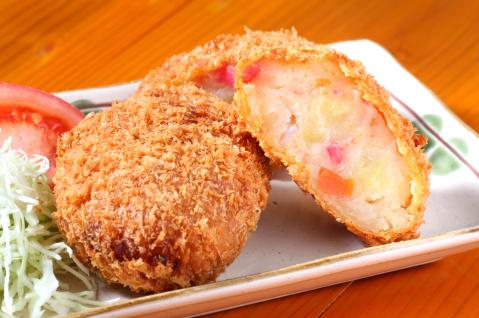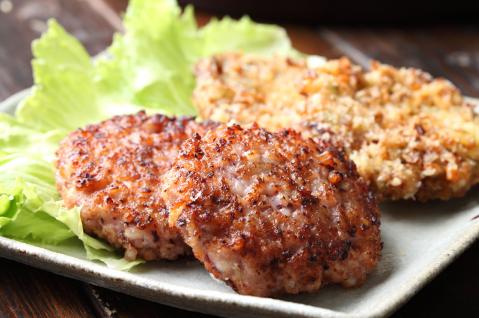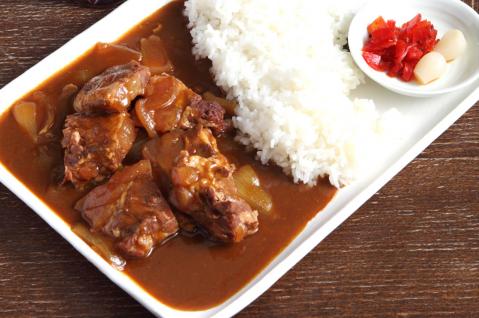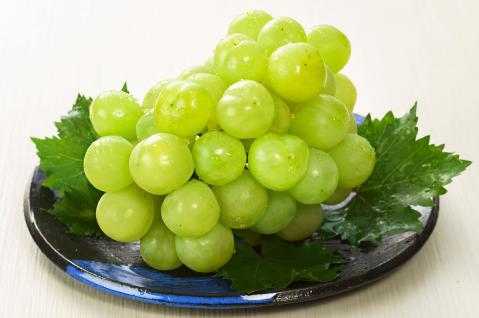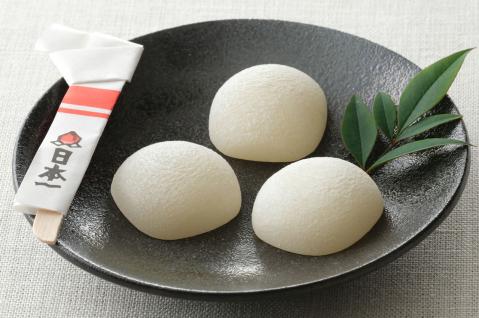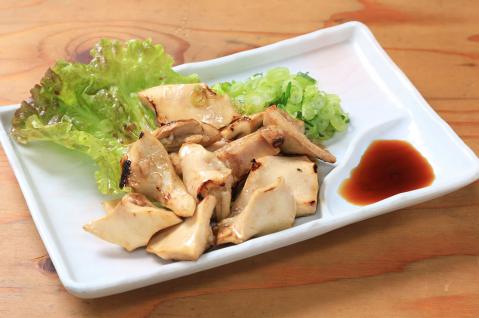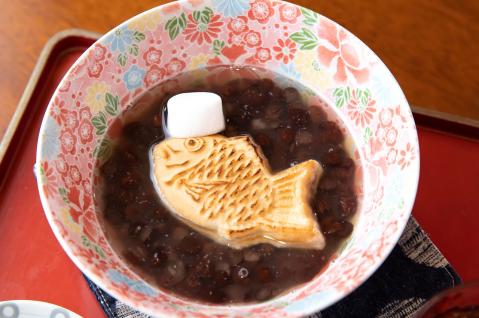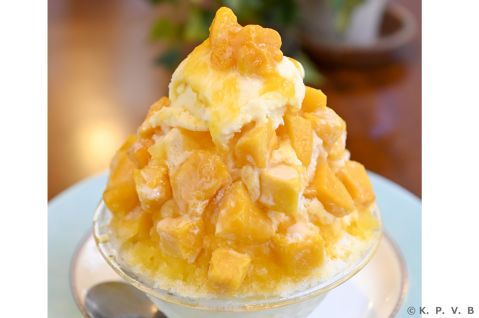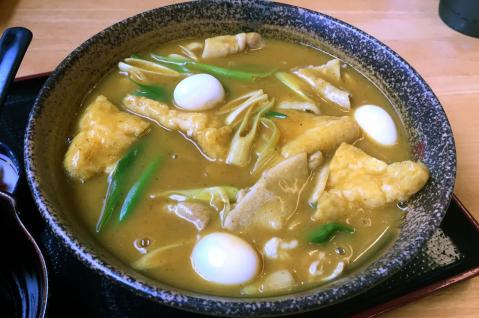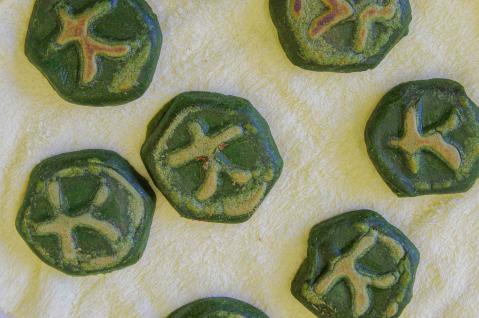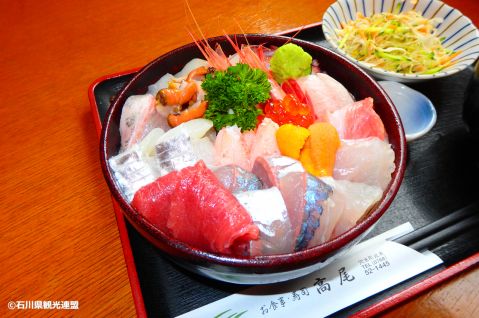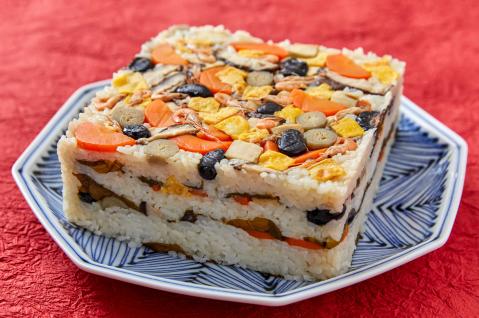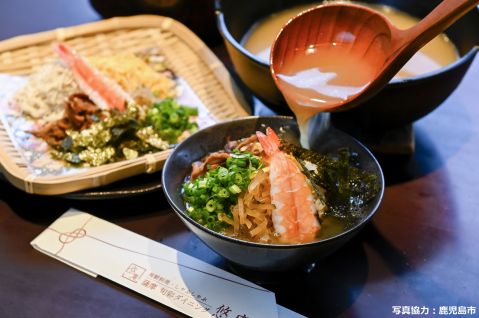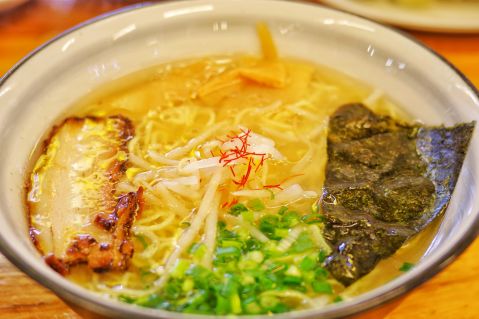Japanese Cuisine - Local cuisine
Cooking Classes in Japan
airKitchen allows travelers from all around the world to book and experience authentic cooking classes. Chose your best cooking class from 1000+ classes.
Kuroko Curry
Kuroko Curry (黒鉱カレー, Kuroko kare) is a unique dish inspired by the mining heritage of Kosaka Town. The head chef of Seidokan prepared this curry with the image of kuroko or...
Hana-zushi
Hana-zushi (花ずし, Hana-zushi) is a unique pickled dish from Akita Prefecture made using eggplant. The eggplants are hollowed out and filled with edible chrysanthemums, chili p...
Yamauchi Imonoko Soup
In the southern region of Akita Prefecture, taro is referred to as "imonoko." Among them, the "Yamauchi Imonoko," cultivated in the Yamauchi area of Yokote City, stands out for ...
Kogyoku Apple Pie
Kogyoku Apple Pie (紅玉りんごのアップルパイ) greets you with the fresh aroma of apples as soon as you cut into it. With each bite, you’ll enjoy the flaky, crispy pastry along wi...
Nama Morokoshi
Nama Morokoshi (生もろこし, Nama morokoshi) is a unique take on the traditional Akita sweet “Morokoshi,” which has been cherished in Akita Prefecture for generations. Traditiona...
Nattō Soup
Nattō Soup (納豆汁, Nattō jiru) is a miso soup blended with carefully ground nattō, or fermented soybeans. It is a beloved traditional dish from the southern region of Akita Pre...
Sankan Cherries
Sankan Cherries (三関のさくらんぼ, Sankan no sakuranbo) are grown in the Sankan area of Yuzawa City, renowned as a prominent cherry-producing region. This fertile land, with ...
Aigake Jindai Curry
Aigake Jindai Curry (あいがけ神代カレー, Aigake Jindai kare) originates from the Jindai district in Semboku City, Akita Prefecture, a region celebrated for its organic Akita Kom...
Sanbai Mochi
Sanbai Mochi (三杯もち, Sanbai mochi) is a traditional sweet rice cake enjoyed mainly in the Omagari and Semboku regions of southern Akita Prefecture. Its name, which loosely t...
Ōminato Navy Croquettes
Ōminato Navy Croquettes (大湊海軍コロッケ, Ōminato kaigun korokke) are said to have been inspired by the croquette recipe once served to the Imperial Japanese Navy stationed in ...
Hirosaki Igamenchi
Hirosaki Igamenchi (弘前いがめんち, Hirosaki igamenchi) is a traditional homemade dish where squid legs (geso) are finely chopped, mixed with seasonal vegetables and flour, then...
Misawa Paika Dish
Paika refers to the cartilage found around the pork belly, a rare and precious part of the pig as only a small amount can be extracted from one animal. Misawa Paika Dish (三沢パ...
Momotaro Grapes
Okayama, often called the "Sunshine Prefecture," is renowned as "the kingdom of fruits" due to its ideal climate and geography. While Okayama is famous for grapes like "Musca...
Kibi Dango
Kibi Dango (きびだんご, Kibi dango) is a traditional sweet from Okayama, a region famous for its peach production and its association with the beloved Japanese folktale of "Momo...
Yomenakase
Yomenakase (ヨメナカセ) refers to the aorta of beef, a specialty from the Tsuyama region in Okayama Prefecture. Depending on the region, it's also known as ketsukan, hatsumoto, ...
